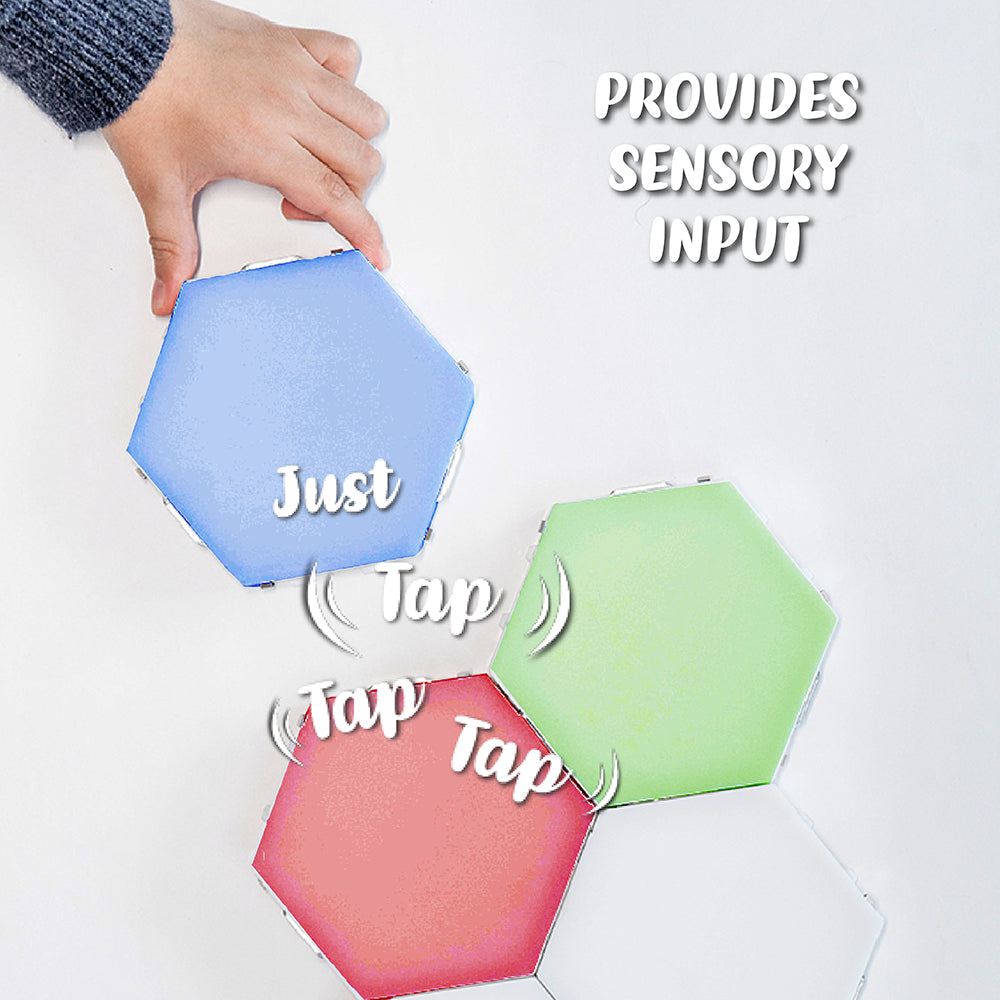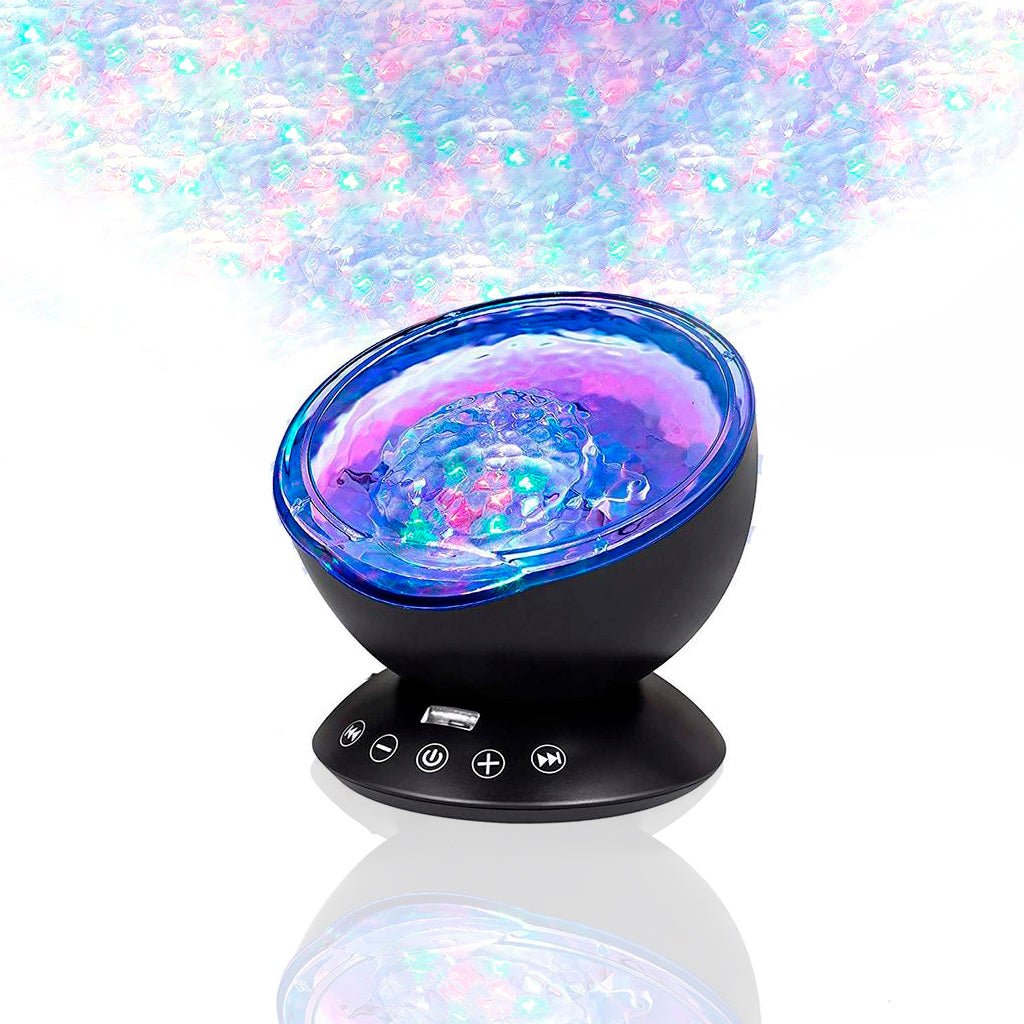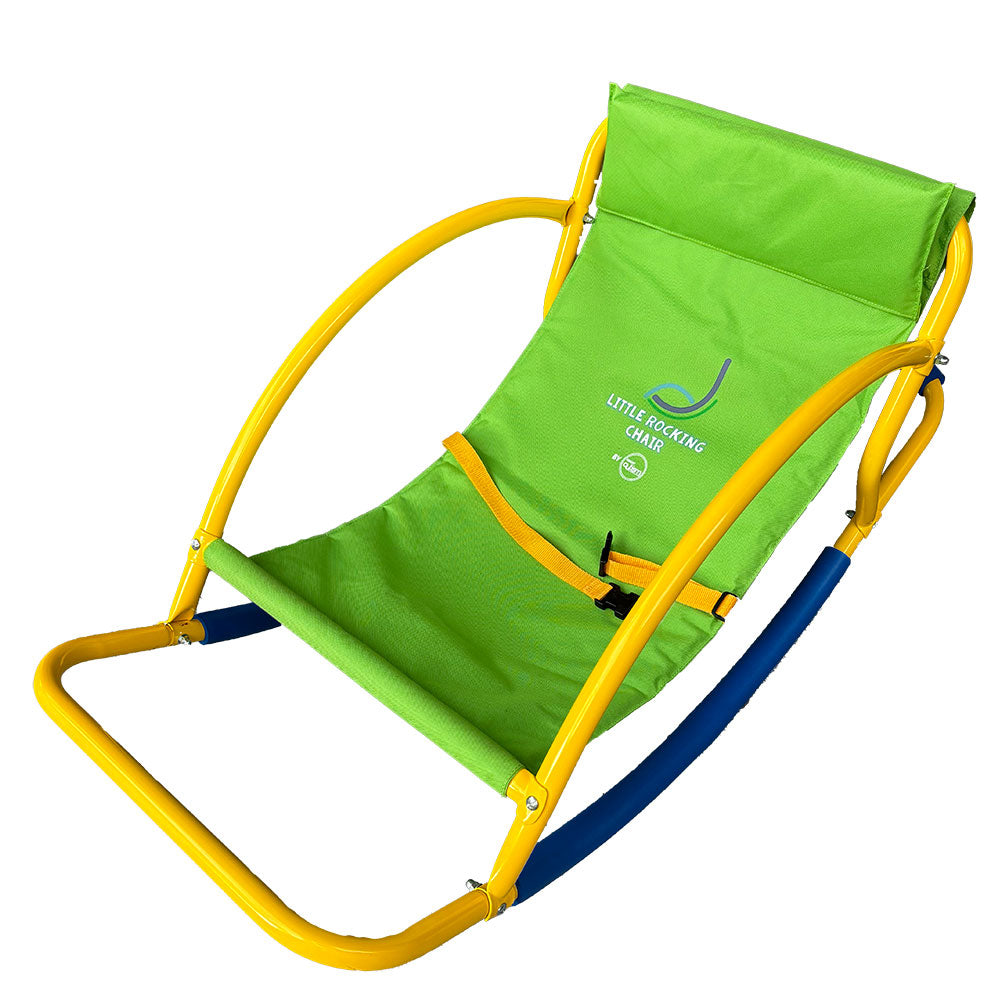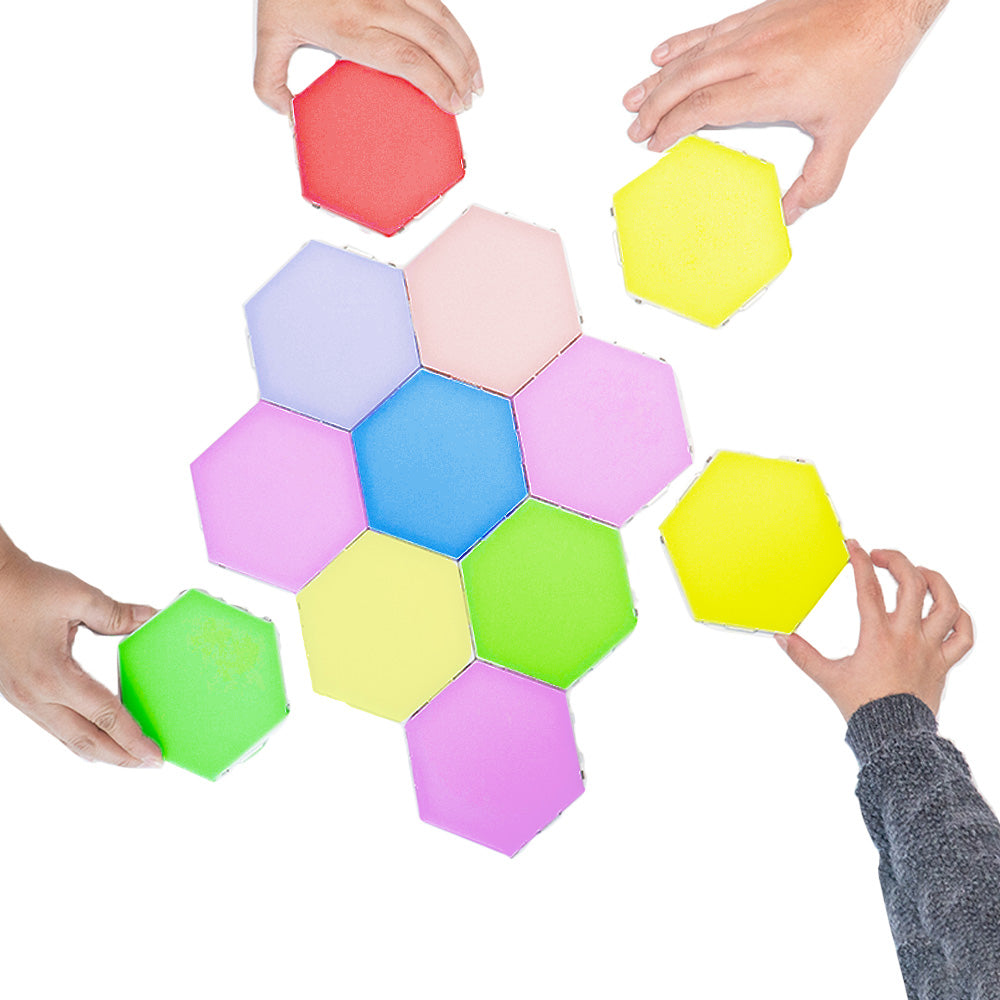
The holiday season is a time of joy, celebration, and togetherness. However, for individuals with sensory sensitivities, the bustling activities, bright lights, and loud sounds can be overwhelming. Crafting a sensory-friendly holiday season is essential to ensure that everyone, regardless of their sensory needs, can enjoy this special time of year. For more insights on managing sensory challenges, check out our article on managing sensory overload.
Understanding Sensory Sensitivities
Sensory sensitivities can manifest in various ways, including heightened sensitivity to lights, sounds, smells, and textures. These sensitivities are common in individuals with autism, ADHD, and sensory processing disorder. The key to a sensory-friendly holiday is to create an environment that minimizes sensory overload and maximizes comfort and enjoyment.Creating a Calm and Inviting Atmosphere
One of the first steps in crafting a sensory-friendly holiday season is to create a calm and inviting atmosphere. This can be achieved by:- Dim Lighting: Use soft, dim lighting instead of bright, harsh lights. Consider using fairy lights or LED candles to create a warm and soothing ambiance.
- Quiet Spaces: Designate quiet areas where individuals can retreat if they feel overwhelmed. These spaces should be free from loud noises and bright lights.
- Comfortable Seating: Provide comfortable seating options, such as bean bags or soft chairs, to help individuals feel relaxed and at ease.
Mindful Decorations
Holiday decorations are a significant part of the festive season, but they can also be a source of sensory overload. Here are some tips for mindful decorating:- Minimalistic Approach: Opt for a minimalistic approach to decorations. Too many decorations can be visually overwhelming.
- Soft Textures: Choose decorations with soft textures, such as plush ornaments or fabric garlands, to provide a tactile experience that is soothing.
- Natural Elements: Incorporate natural elements like pinecones, branches, and holly to create a calming and earthy atmosphere.
Sensory-Friendly Activities
Engaging in sensory-friendly activities can make the holiday season more enjoyable for everyone. Consider these activities:- Quiet Crafts: Set up a crafting station with quiet and calming activities, such as coloring, painting, or making simple holiday decorations.
- Baking: Baking holiday treats can be a fun and sensory-friendly activity. The smells and textures of baking can be soothing and enjoyable.
- Nature Walks: Take a nature walk to enjoy the sights and sounds of the season. This can be a peaceful and grounding experience.
Inclusive Gatherings
Holiday gatherings can be challenging for individuals with sensory sensitivities. Here are some tips to make gatherings more inclusive:- Small Groups: Keep gatherings small to reduce noise and chaos. Smaller groups can be less overwhelming and more manageable.
- Flexible Schedules: Allow for flexible schedules and be understanding if someone needs to take a break or leave early.
- Clear Communication: Communicate clearly with guests about the sensory-friendly environment and encourage them to be mindful of noise levels and other sensory triggers.
Utilizing Sensory Tools
Sensory tools can be incredibly helpful in creating a sensory-friendly holiday season. One such tool is the TAP-TAP Sensory Lights.
Check out TAP-TAP Sensory Lights
The TAP-TAP Sensory Lights provide visual stimuli that can capture kids' attention and interest. With a few simple taps, these lights can transform any space into a stimulating, enjoyable, and sensory-friendly room.
Resources and Support
For more tips and resources on creating a sensory-friendly environment, you can visit the Bright Autism Blog. They offer a wealth of information on sensory-friendly practices and tools.Embracing Flexibility and Understanding
The most important aspect of crafting a sensory-friendly holiday season is embracing flexibility and understanding. Recognize that each individual's sensory needs are unique, and what works for one person may not work for another. Be patient and open to making adjustments to ensure that everyone can enjoy the holiday season.Personal Stories and Experiences
Hearing from others who have successfully created sensory-friendly holiday environments can be incredibly inspiring. For instance, one family shared how they transformed their holiday celebrations by incorporating sensory-friendly practices. They found that their child with sensory sensitivities was able to enjoy the festivities more fully when they made simple adjustments, such as dimming the lights and providing quiet spaces.Encouraging Participation
Encouraging participation from everyone, regardless of sensory needs, is crucial. This can be done by involving individuals in planning and decision-making processes. Ask for their input on decorations, activities, and schedules to ensure that their needs are met.Reflecting on the Season
As the holiday season comes to an end, take time to reflect on what worked well and what could be improved for future celebrations. This reflection can help you continue to create a sensory-friendly environment that evolves and adapts to meet the needs of everyone involved.The holiday season is a time for joy, love, and connection. By taking steps to create a sensory-friendly environment, you can ensure that everyone, regardless of their sensory sensitivities, can experience the magic and wonder of the holidays. Embrace the spirit of inclusion and make this holiday season one that is truly memorable for all.










Leave a comment